Aquaculture is one of the strengths in the province's fisheries economic development. In recent years, the province's aquaculture has made significant progress, especially shrimp farming. However, aquaculture is a production profession with many risks, forcing farmers to invest in improving their skills and applying new technical advances to bring high efficiency. To help farmers successfully apply technical advances in aquaculture, the Agricultural Extension Center has implemented a 2-phase intensive shrimp farming model using BioFloc technology and has brought good results.

Phase 1 shrimp nursery ponds are invested firmly by farmers in Vinh Son commune, Vinh Linh district - Photo: TAM
In 2023, the seafood export market is unstable, the output price of aquaculture products is unstable, sometimes falling sharply, so people do not have enough capital to reinvest in expanding the farming area. Some aquaculture projects cannot be implemented.
According to the 2023 plan, the whole province will implement 5 high-tech shrimp farming projects according to Resolution No. 162/2021/NQ-HDND dated December 9, 2021 of the Provincial People's Council, but so far only 3 projects have been implemented in Vinh Linh, Gio Linh and Trieu Phong districts.
As a result, aquaculture area and productivity have decreased significantly. Aquaculture area in 2023 reached 3,393.63 hectares, equivalent to 94.32% over the same period last year and 92.27% of the plan. Aquaculture output reached 7,441.52 tons, equivalent to only 82.5% over the same period last year and 72.5% of the plan.
Faced with that situation, the policy of the provincial aquaculture industry is to ensure that each area is safe, invest in intensive farming and apply high technology in aquaculture to limit risks and increase productivity.
Currently, the whole province has about 107 hectares of high-tech farming, of which 50 hectares belong to Vietnam High-Tech Aquaculture Company Limited - Branch 1 in Quang Tri with the farming objects of white-leg shrimp and saltwater and brackish water fish; the remaining 57 hectares are invested by shrimp farming facilities in the districts of Vinh Linh, Gio Linh, Trieu Phong, Hai Lang and Dong Ha city. 2 high-tech shrimp farming projects implemented under Resolution No. 162 of the Provincial People's Council in Vinh Linh and Gio Linh districts are also promoting good results.
In order to help farmers apply high technology in aquaculture, the provincial Agricultural Extension Center organized training on the 2-phase shrimp farming model for farmers. The training content is to guide the 2-phase shrimp farming process using biological products, the Biofloc process; some measures to prevent and treat diseases in shrimp; measures to manage environmental factors in the pond; content of recording and keeping records.
Technical staff directly come to the pond to guide the implementation of technical measures such as: nursery techniques, 2-phase rearing, care and management of environmental factors, diary keeping, and record keeping. The nursery pond has an area of 90 - 100 m2, lined with tarpaulin, and has a guaranteed oxygen system. The bottom of the nursery pond is as high as the highest water level of the rearing pond. The rearing pond has a complete water supply and drainage system. The settling pond and storage pond must ensure sufficient water supply for the rearing pond and nursery pond.
Renovate the pond by draining the water, dredging the bottom mud; spreading lime at a dose of 50 - 70 kg/1000 m2; drying the pond for 5 - 7 days, then supplying water to the pond through a filter bag system. Disinfect with 25ppm chlorine; color the water by soaking rice bran mixed with feed number 0 and microbial products combined with dolomite to color.
To create biofloc in the nursery pond, use feed number 0; molasses; TA-Pondpro in the appropriate ratio, soak for 24 hours, aerate then sprinkle into the pond in the middle of the morning, repeat continuously for 3 days until biofloc reaches 1 - 2ml/1 liter of water. Check environmental factors: pH, alkalinity, salinity... to ensure then proceed to release the breed.
The nursery stage is 24 days, feeding the amount of food gradually increases according to the size of the shrimp. Periodically every 2 days, use 1/2 package of TAPondpro microorganisms to create biofloc to stabilize the environment. From the 5th day onwards, change 15 - 20% of the water in the nursery tank every day.
After rearing, the shrimp are transferred to the rearing pond. The pond water is taken from the settling pond after being treated with sterilization. Coloring is done 3-5 days before transferring the shrimp to the rearing pond. The amount of daily feed is adjusted by checking the amount of excess feed in the net. Every 3-5 days, treat the environment with microorganisms and minerals to stabilize the environment.
To serve the high-tech aquaculture work effectively, environmental monitoring and warning work is always of interest to the province's agriculture and rural development sector.
The Department of Agriculture and Rural Development in coordination with the Northern Center for Environmental Monitoring and Aquatic Diseases in 2023 announced the results of 23 environmental monitoring sessions serving the concentrated shrimp farming area of Trung Hai commune, Gio Linh district and Vinh Thanh Aquaculture Cooperative, Hien Thanh commune, Vinh Linh district. The Department of Fisheries is in charge of monitoring the brackish water shrimp farming environment in the province with 9 monitoring sessions.
During the year, 100 certificates of environmental assurance were issued to production facilities. Up to now, the province has issued 438 certificates to shrimp farming facilities.
Director of Quang Tri Agricultural Extension Center Tran Can said: Two-phase shrimp farming achieves high survival rate, shortens farming time, limits risks during farming, and limits economic losses in the early stages. The two-phase intensive shrimp farming model reduces the amount of wastewater discharged into the environment, thereby limiting environmental pollution. At the same time, it reduces risks, increases productivity, increases product quality, and brings high profits. The products do not contain chemicals or antibiotics, meeting the export market.
Tran Anh Minh
Source


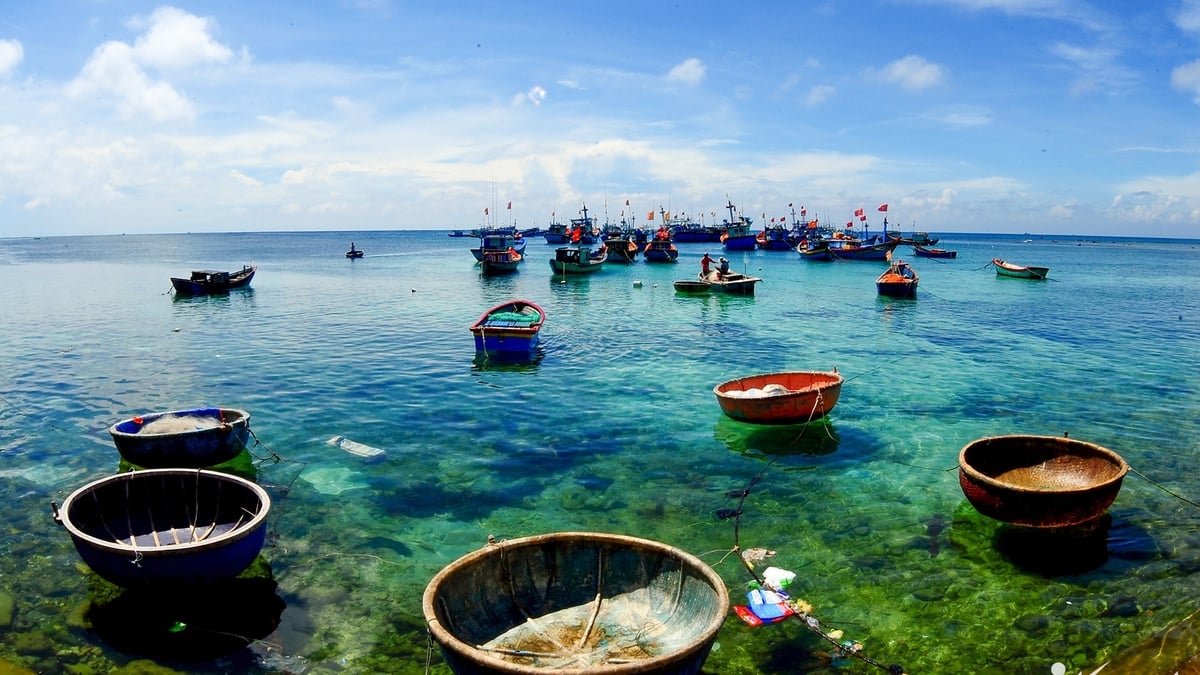
![[Photo] Party and State leaders attend the special art program "You are Ho Chi Minh"](https://vphoto.vietnam.vn/thumb/1200x675/vietnam/resource/IMAGE/2025/5/18/6895913f94fd4c51aa4564ab14c3f250)
![[Photo] Special flag-raising ceremony to celebrate the 135th birthday of President Ho Chi Minh](https://vphoto.vietnam.vn/thumb/1200x675/vietnam/resource/IMAGE/2025/5/19/1c5ec80249cc4ef3a5226e366e7e58f1)
![[Photo] Party and State leaders visit President Ho Chi Minh's Mausoleum](https://vphoto.vietnam.vn/thumb/1200x675/vietnam/resource/IMAGE/2025/5/19/d7e02f242af84752902b22a7208674ac)
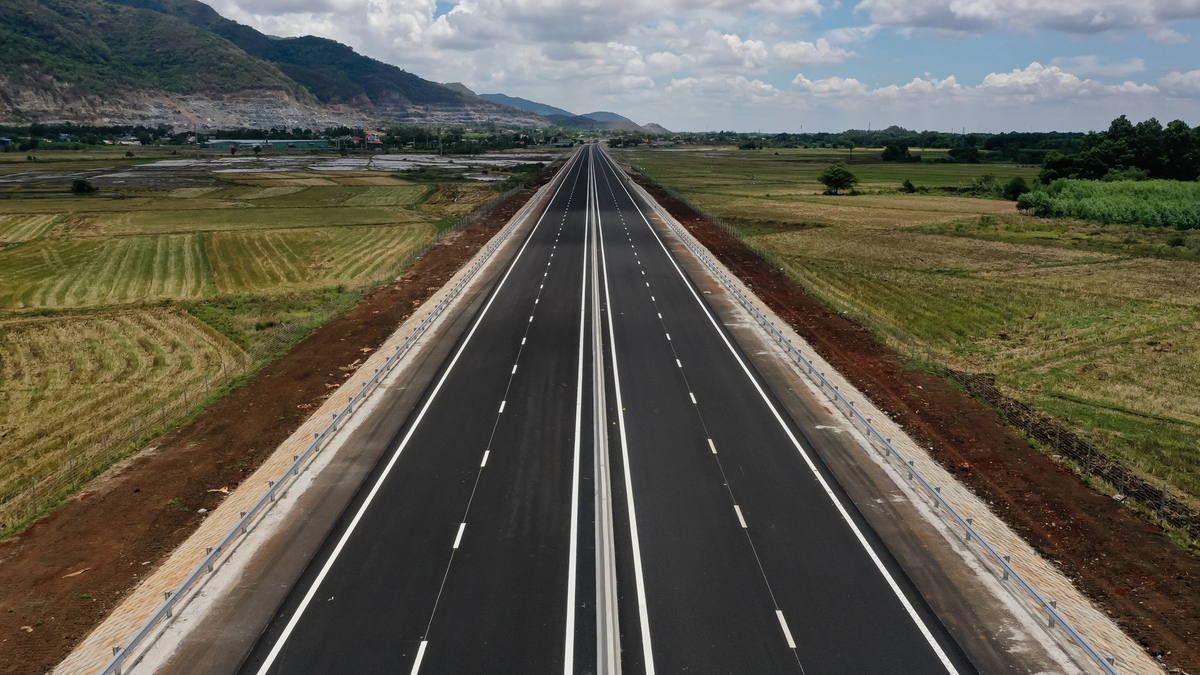

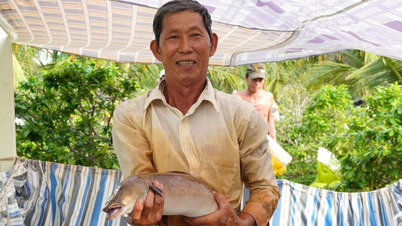





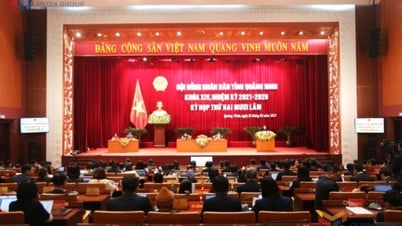
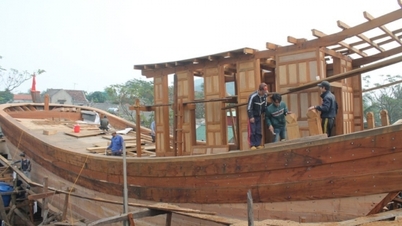

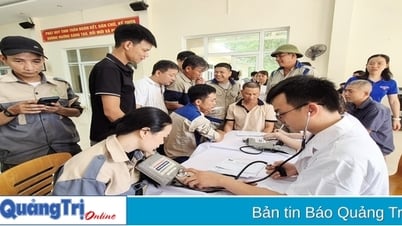

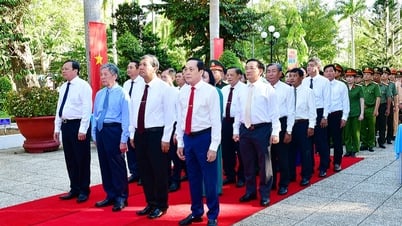

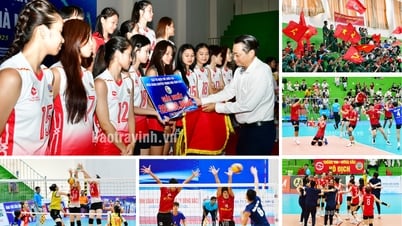

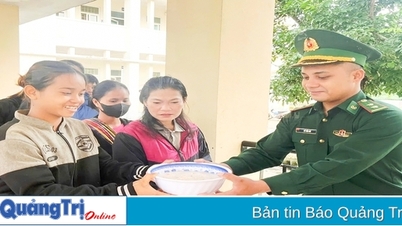




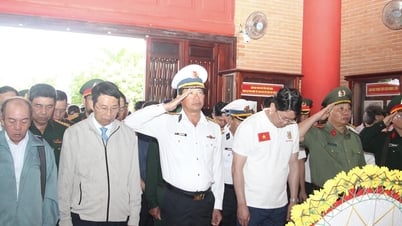
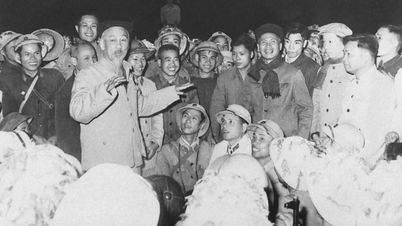
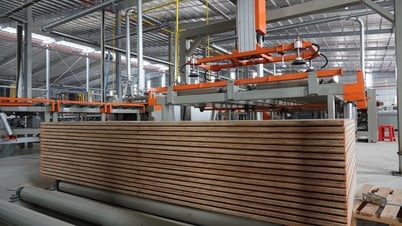
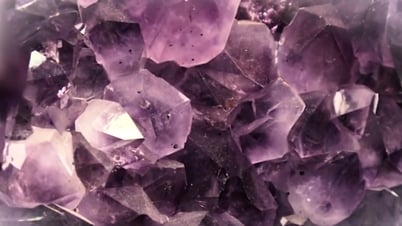
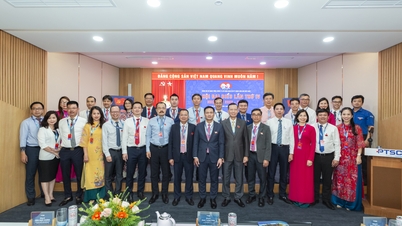
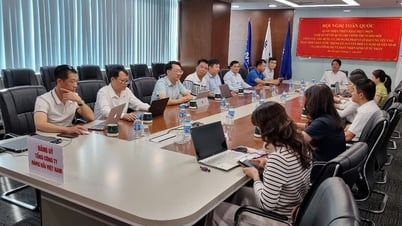
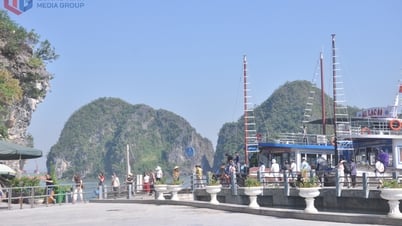
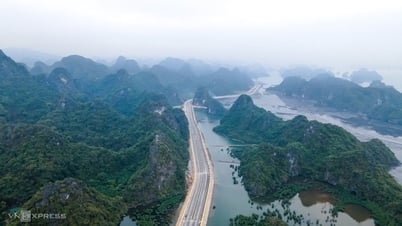

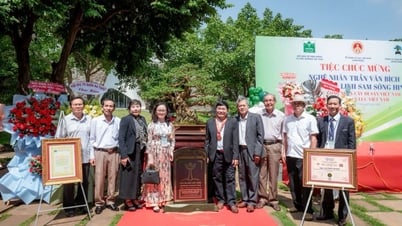








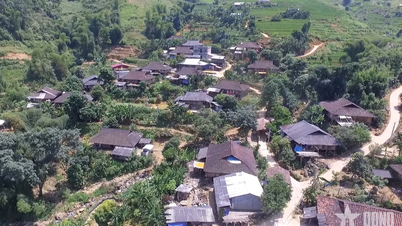

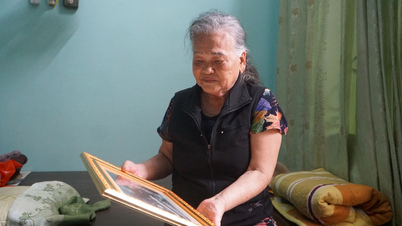

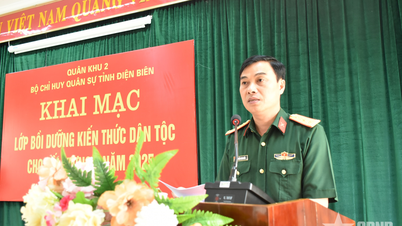
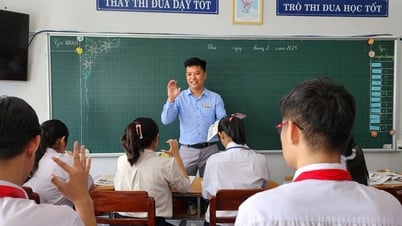


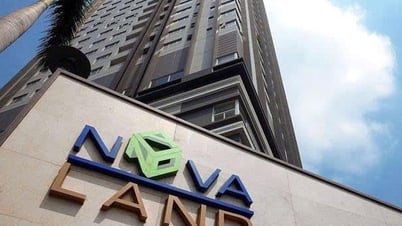

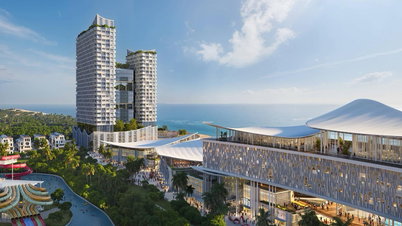

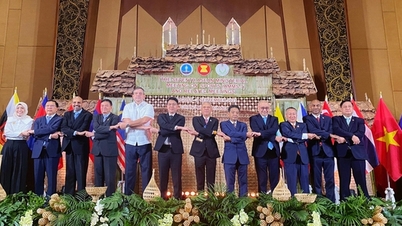





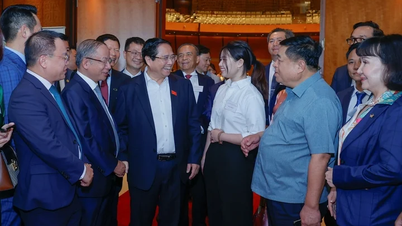
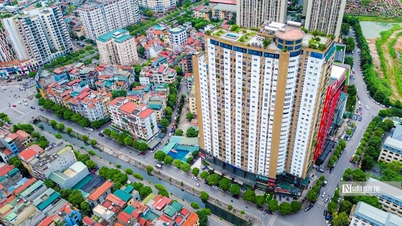


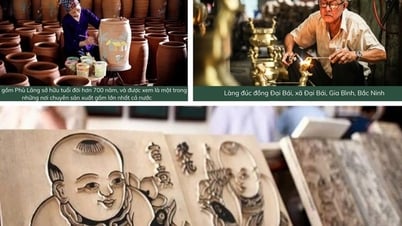
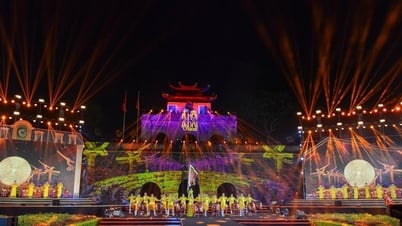
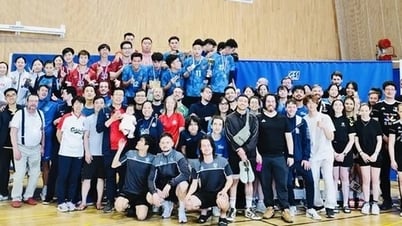
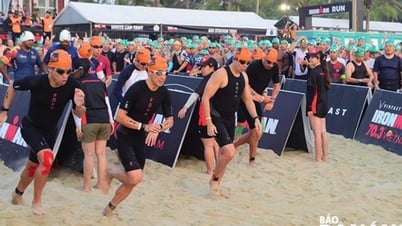
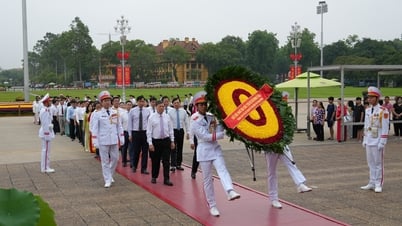

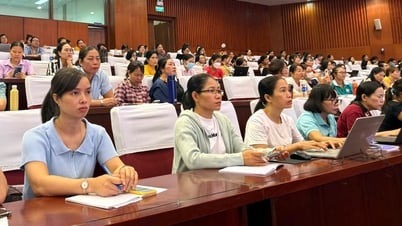

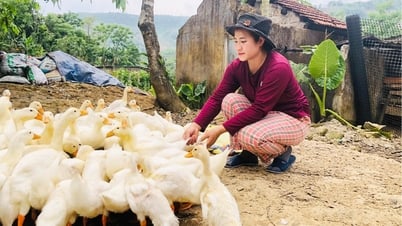

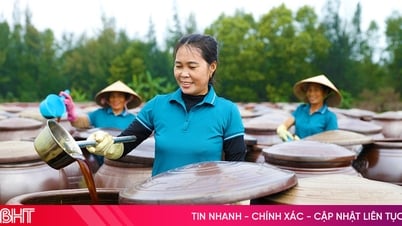

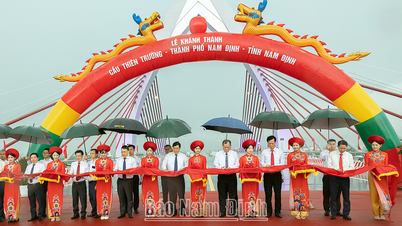

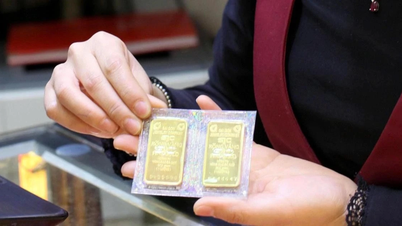

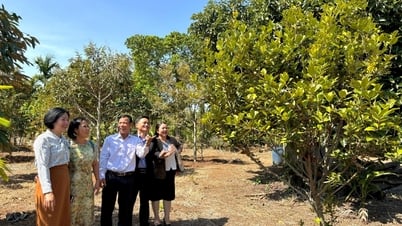

![[VIDEO] - Enhancing the value of Quang Nam OCOP products through trade connections](https://vphoto.vietnam.vn/thumb/402x226/vietnam/resource/IMAGE/2025/5/17/5be5b5fff1f14914986fad159097a677)


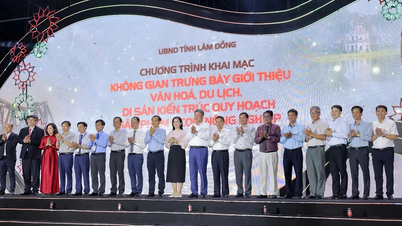


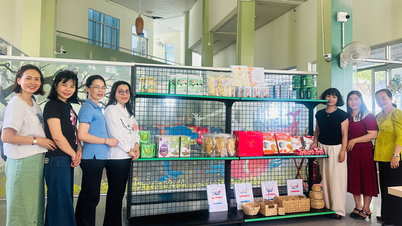

Comment (0)